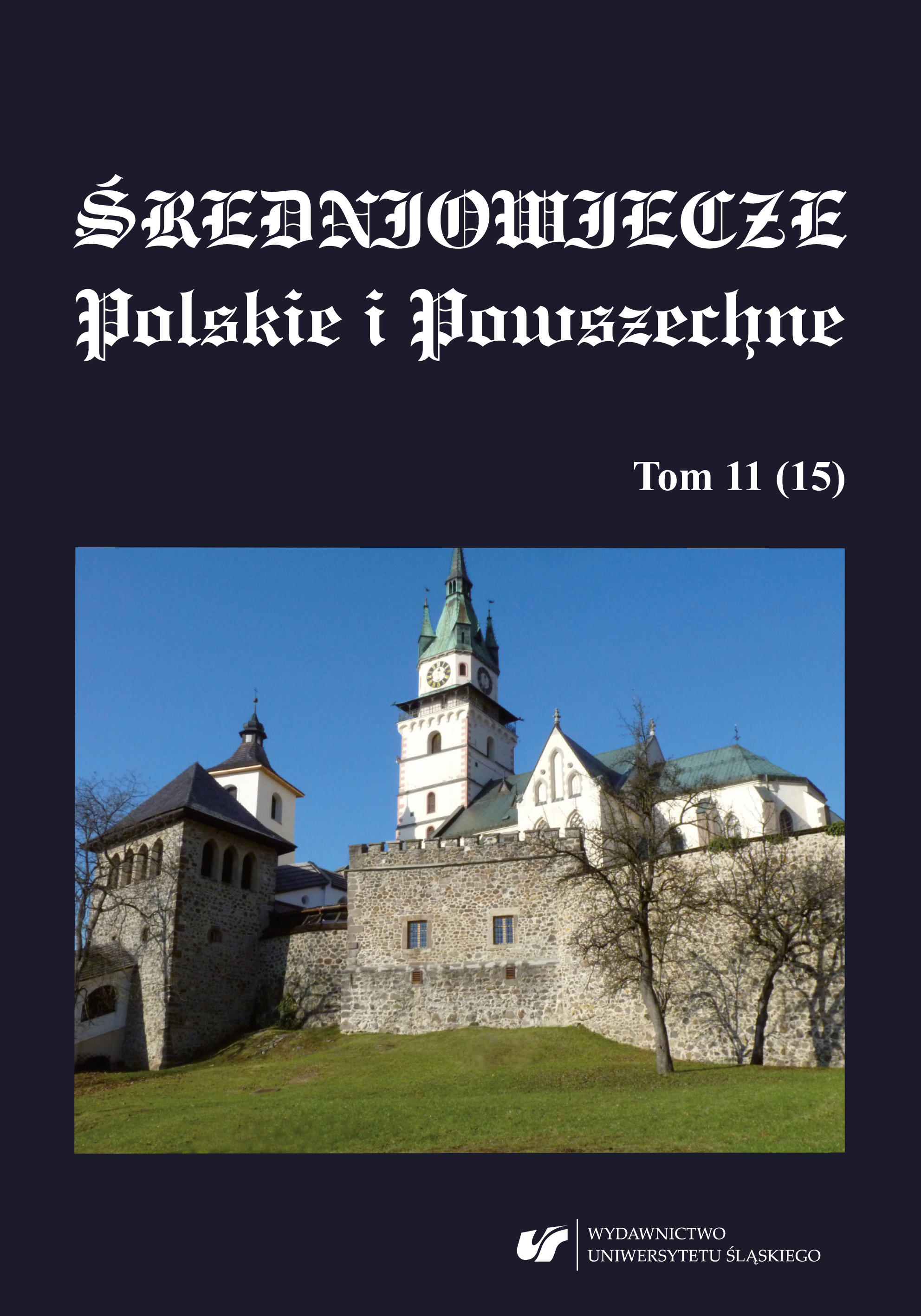Badania nad sztuką średniowieczną w Polsce po roku 1989
Research on Medieval Art in Poland after 1989
Author(s): Dobrosława Horzela, Marek WalczakSubject(s): Recent History (1900 till today), Sociology of Art, Geopolitics, History of Art
Published by: Wydawnictwo Uniwersytetu Śląskiego
Keywords: the history of art history; medieval studies; art history methodology; Central and Eastern Europe; 1989;
Summary/Abstract: The geopolitical changes in Central and Eastern Europe which began in 1989 influenced also changes in the status of the field of history. In an attempt to change the perception of the field, a turn to the Middle Ages could be observed, as the times of prosperity in the Kingdoms of Bohemia, Hungary and Poland could serve as an excellent foundation for building a national identity. Thus, the authors propose a complex picture of historically and artistically oriented Medieval Studies in Poland against the backdrop of the situation in Central and Eastern Europe, trying to ascertain how and to what extent the events of 1989 influenced the status and development of the discipline. Thirty years after the Yalta Conference, what can be observed is a gradual process of opening the discipline onto new methodologies and technological changes, as well as realizing its capabilities, which were hitherto suppressed by the oppressive political system. The natural generational change contributes to solidifying practices which the youngest generation of art historians takes for granted. However, the influences of inertia, deeply-rooted complexes and post-mortem victory of communist propaganda cannot be omitted. For the majority of academic centers in Poland, it is virtually paradigmatic to talk about art in a very narrow geographical context, accompanied by the tendency to isolate phenomena with clear ties to the European context. Too often is art in Poland seen as an expression and a consequence of its peripheral status, while almost overlooking the uniqueness and originality of many artistic phenomena. Moreover, a vision of Poland as a homogenous entity in its contemporary borders persists in the subconscious of the society, which constitutes a serious hindrance in the spreading of knowledge and is often used as a tool in historical politics. In addition, it should be noted that, unfortunately, many good practices, such as the obligation of familiarity with the entirety of the literature on the subject, begin to disappear, perhaps in connection with the “publish or perish” mentality and the need to fulfill the obligations towards the academic institution. Paradoxically, then, the political upheaval of 1989 brought in the discipline of art history, as well as the field of humanities as a whole, both positive as well as detrimental changes.
Journal: Średniowiecze Polskie i Powszechne
- Issue Year: 11/2019
- Issue No: 15
- Page Range: 262-297
- Page Count: 39
- Language: Polish

